Did you know that the air inside your home can be more polluted than the air outside? Everyday items like furniture, cleaning products, and electronics release toxins that can negatively impact indoor air quality. Fortunately, certain air-purifying plants can help remove toxins, increase oxygen levels, and boost humidity, creating a healthier living environment.
NASA’s Clean Air Study identified several houseplants that excel at filtering out harmful substances like formaldehyde, benzene, and carbon monoxide. Not only do these plants improve air quality, but they also add natural beauty and a sense of calm to your home.
In this article, we’ll explore 14 air-purifying plants that will help you breathe cleaner, fresher air while enhancing your indoor space.
Spider Plant

Known for its resilience and ease of care, this plant is a staple for indoor enthusiasts. Its arching leaves, adorned with white stripes, bring a lively touch to any space. The Spider Plant excels in removing pollutants like formaldehyde. Just a bit of indirect sunlight and minimal watering keep it thriving. Ideal for hanging baskets or a decorative pot, this plant can flourish in various settings, making it perfect for beginners and seasoned plant lovers alike. Regular trimming encourages growth and maintains its appealing shape.
Peace Lily
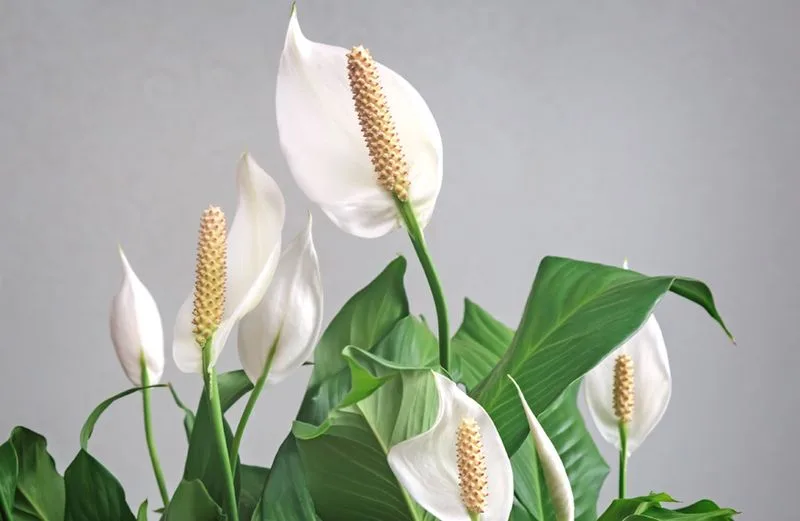
With its glossy foliage and striking white blooms, the Peace Lily is more than decorative. It’s a powerhouse in filtering out toxins such as ammonia and benzene. Thriving in low light conditions, this plant is suitable for offices or dimly lit rooms. Overwatering can be an issue, so allow the soil to dry out between waterings. Its blooms also signal when it’s thirsty by drooping slightly, which makes it easy to care for. A gentle wipe of the leaves keeps it looking pristine.
Snake Plant
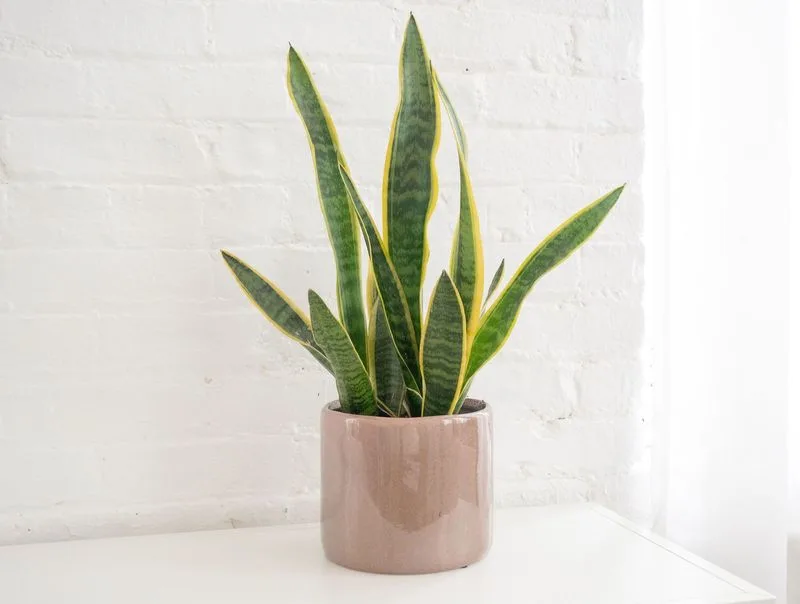
This plant, also called Mother-in-law’s Tongue, boasts tall, sturdy leaves with an eye-catching pattern. Known for converting CO2 into oxygen at night, it’s perfect for bedrooms. Snake Plants are low-maintenance, requiring infrequent watering and thriving in a range of lighting conditions. They tackle multiple air pollutants, including formaldehyde and xylene. Its upright growth makes it an excellent space-saving option. Regular dusting of leaves ensures optimal air purification, and its resilient nature suits even those new to plant care.
Boston Fern
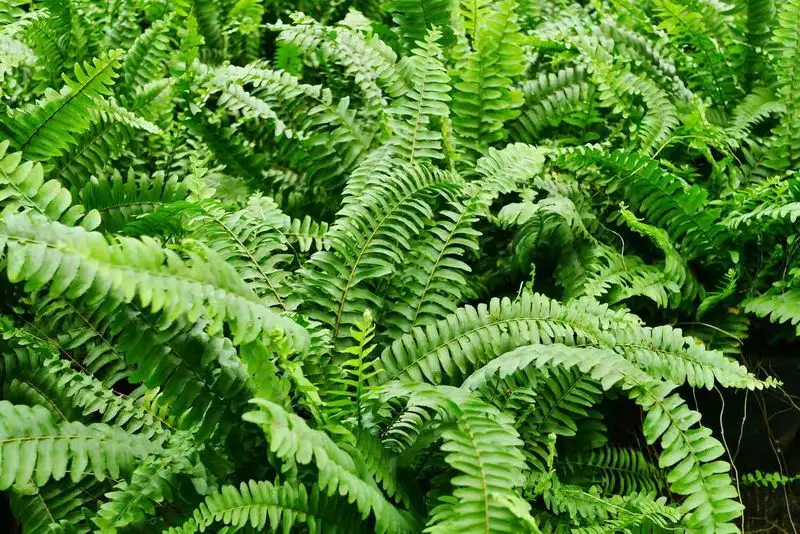
Renowned for its lush appearance, the Boston Fern is adept at removing toxins like formaldehyde. It prefers humid environments, making it a great choice for bathrooms or kitchens. This plant demands a bit more attention, needing regular watering and misting to maintain its vibrant fronds. Despite its higher maintenance, the reward is a stunning display that enhances any room. Proper placement and care ensure it remains a healthy and effective air purifier.
Aloe Vera
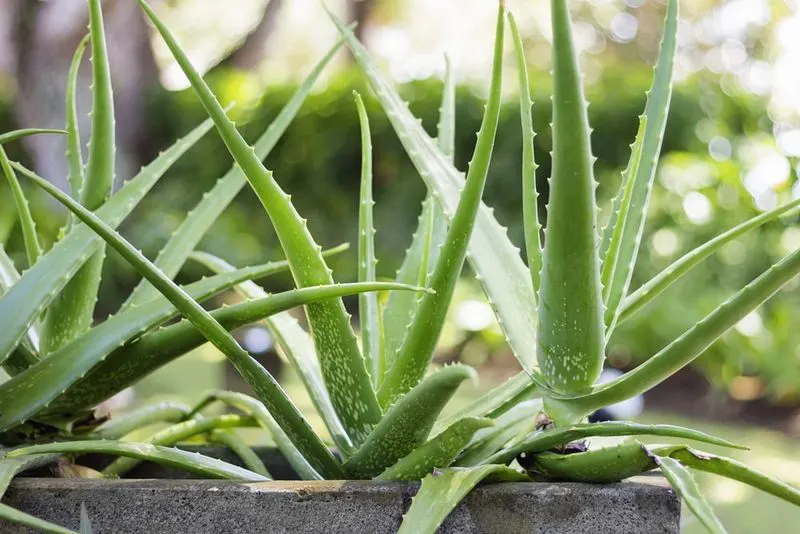
Apart from its well-known healing properties, this plant is an effective air cleaner. Aloe Vera tackles formaldehyde and benzene, common in household cleaners. It thrives in sunny spots with minimal watering, making it low-maintenance. Its fleshy leaves store water, allowing it to withstand neglect. Besides air purification, it offers a handy source of aloe gel for minor burns or skin issues. This dual-purpose plant is a beneficial addition to any home, requiring just a sunny position to flourish.
Rubber Plant
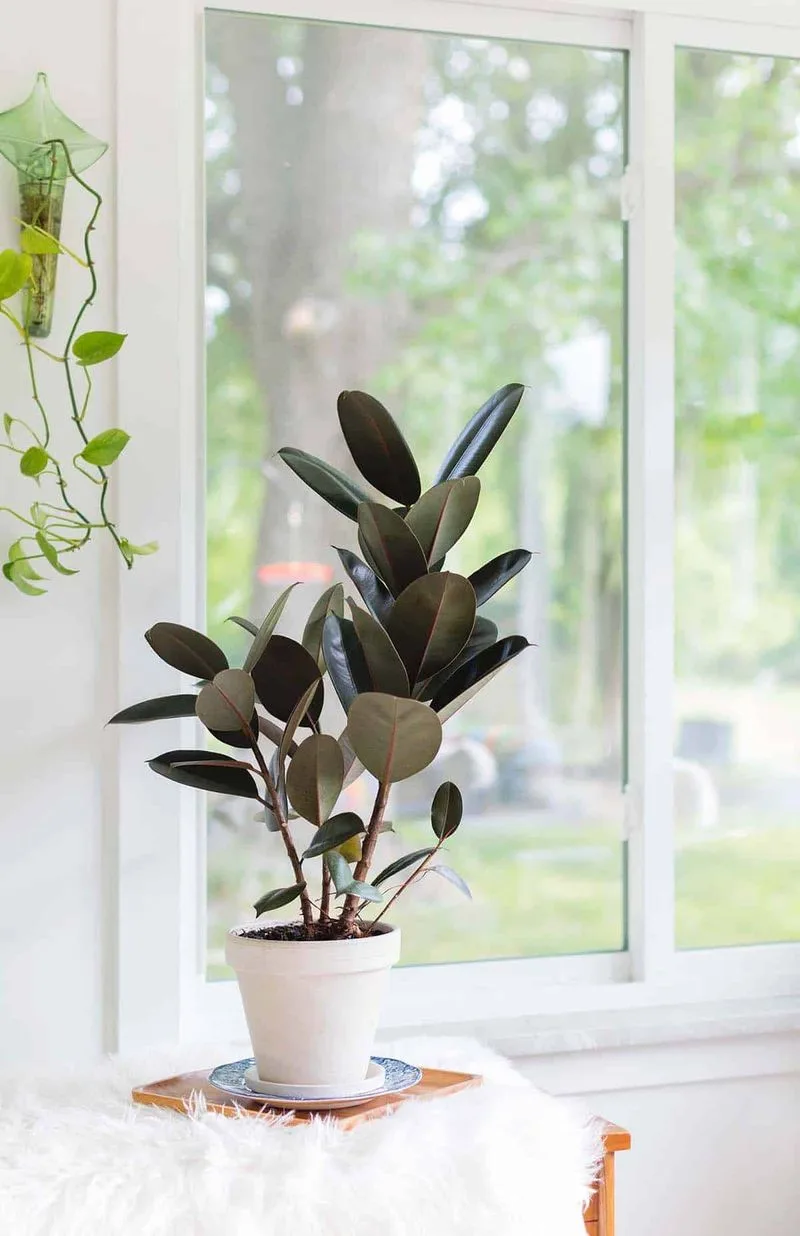
The Rubber Plant stands out with its large, glossy leaves that aren’t just pretty. This plant excels at removing toxins like formaldehyde from indoor air. It thrives in bright, indirect light and needs regular but moderate watering. This plant can grow impressively large, making it a statement piece in any room. Regularly cleaning its leaves enhances its air-purifying efficiency and keeps it looking vibrant. Its robust nature and air-cleansing abilities make it a highly valued houseplant.
English Ivy
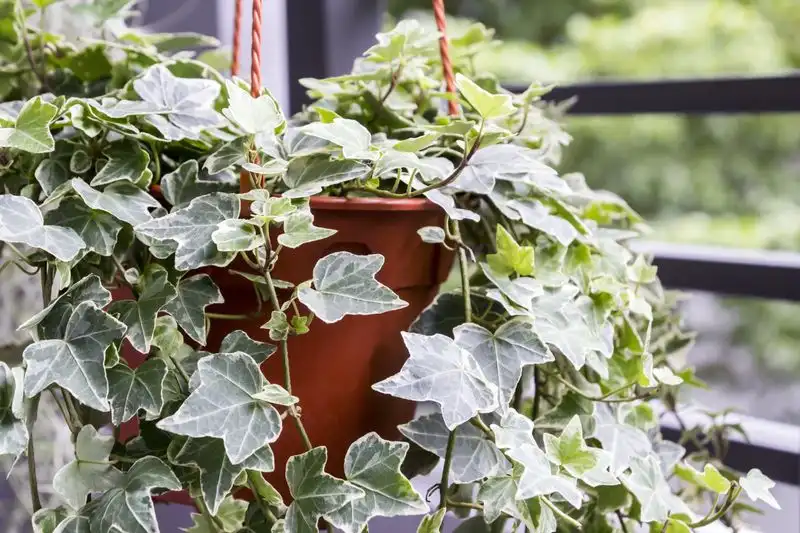
This versatile plant is known for its ability to adapt and thrive in various environments. English Ivy is particularly effective at reducing airborne mold and other allergens. It enjoys indirect light and moderate watering, making it easy to care for. Its trailing vines can elegantly drape from shelves or hang in baskets, adding a touch of greenery to any indoor setting. Regular pruning keeps its growth in check and prevents it from becoming too unruly, ensuring a neat appearance.
Bamboo Palm
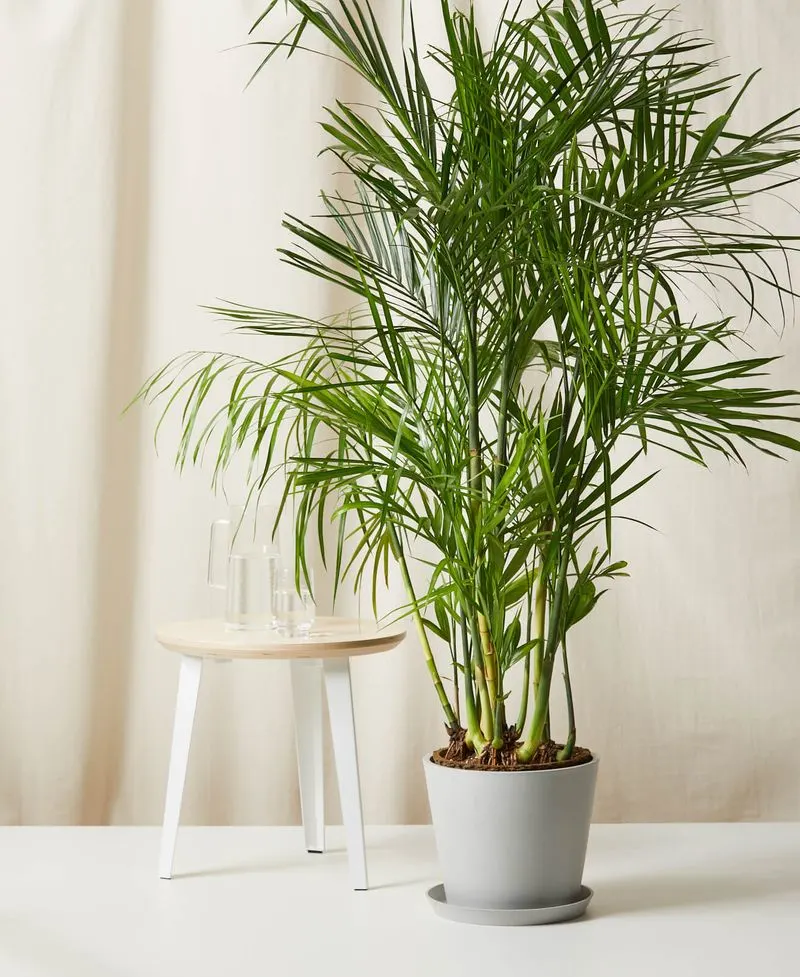
Ideal for larger spaces, the Bamboo Palm is not only captivating but also efficient at filtering indoor air. This plant thrives in indirect light and requires regular watering, especially in warmer months. It’s adept at removing harmful substances like formaldehyde and benzene, contributing to a cleaner home environment. The Bamboo Palm’s tropical vibe can transform a space, making it a favorite for living rooms or entryways. Regular pruning ensures it remains healthy and prevents the fronds from becoming too dense.
Dracaena Marginata
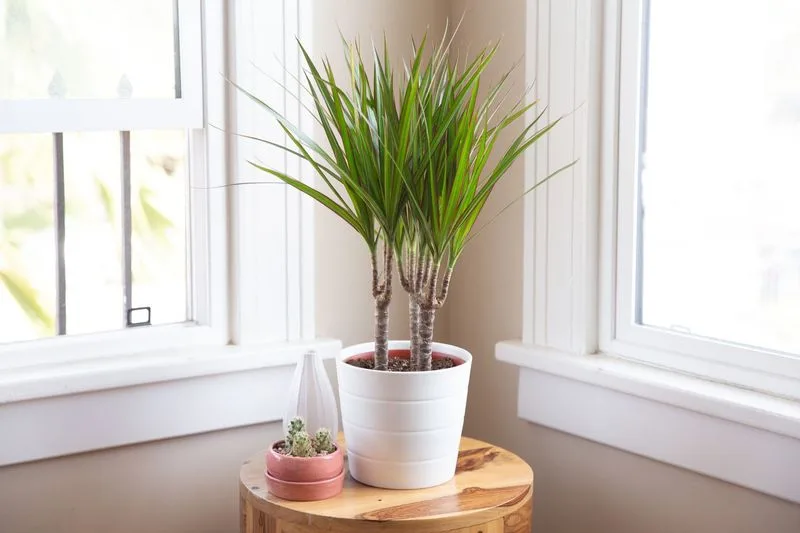
This plant features long, thin leaves with striking red edges, adding a splash of color to any room. Dracaena Marginata is effective at removing toxins such as xylene and trichloroethylene. It prefers moderate sunlight and occasional watering, making it relatively low-maintenance. The plant’s slow growth rate means it requires minimal pruning. Its sculptural form and colorful leaves make it a popular choice for modern interiors, while its air-purifying properties enhance indoor spaces.
Golden Pothos
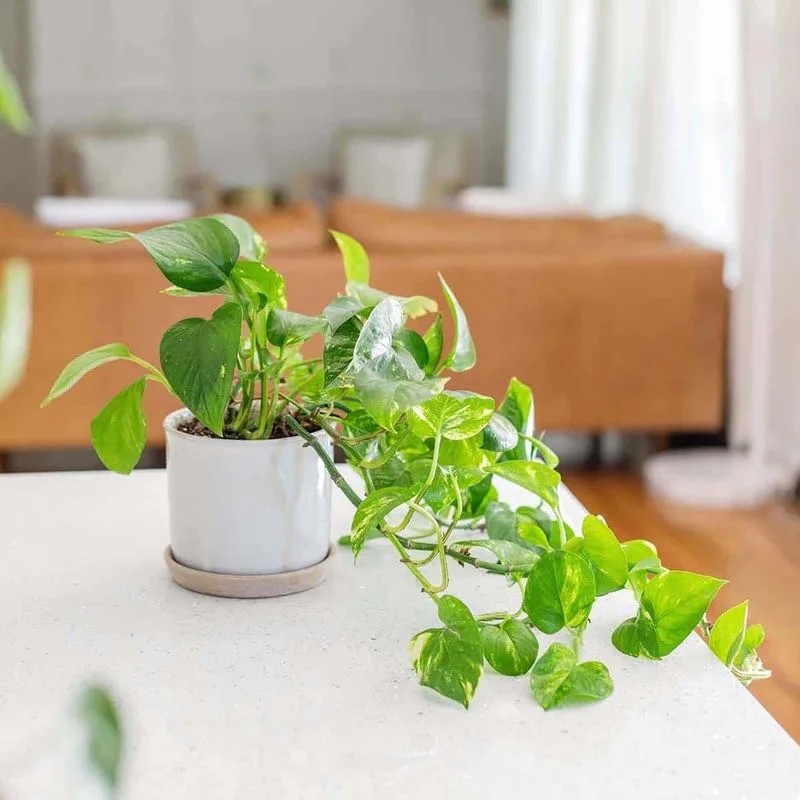
Often praised for its adaptability, this plant is perfect for those who might not have a knack for gardening. Golden Pothos is excellent at removing pollutants like formaldehyde and carbon monoxide. It thrives in a variety of lighting conditions, though bright, indirect light brings out its best colors. Its trailing vines can be trained to climb or hang, adding visual interest. Minimal watering and occasional pruning keep it healthy. This plant’s forgiving nature makes it an ideal choice for busy individuals.
Lady Palm

Distinguished by its fan-like fronds, the Lady Palm is a stylish addition to any space. It’s effective at removing indoor air pollutants like ammonia and formaldehyde. This plant thrives in indirect light and requires regular watering to maintain its lush appearance. Its slow growth rate and ability to adapt to various environments make it a popular choice for homes and offices. Regular leaf cleaning keeps it looking pristine and ensures optimal air purification.
Weeping Fig
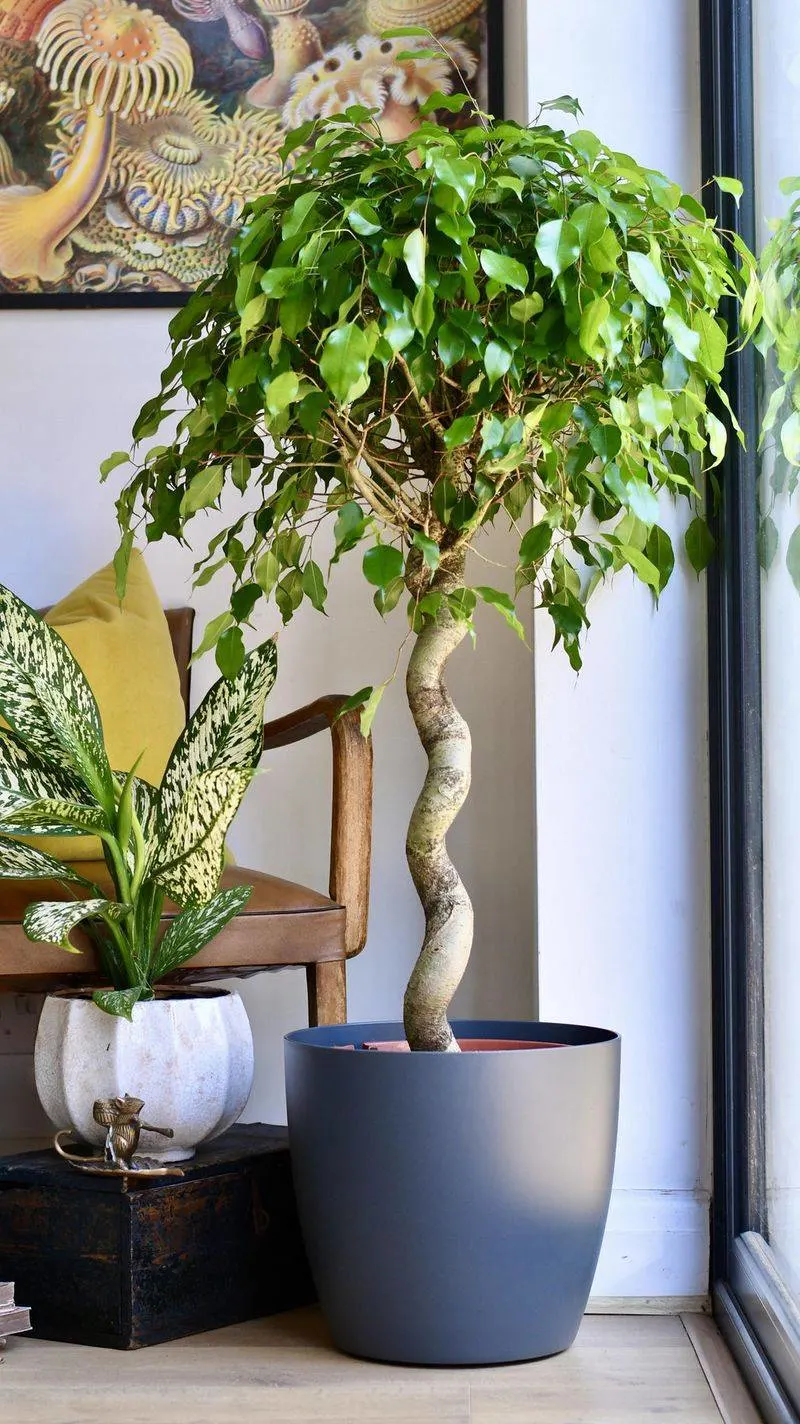
The Weeping Fig is a graceful plant with delicate, glossy leaves that add elegance to any room. It’s particularly good at removing pollutants such as formaldehyde and benzene. Preferring indirect sunlight, it thrives with regular care. Consistent watering and occasional pruning keep it in top condition. The Weeping Fig’s ability to adapt to different environments makes it a versatile choice for enhancing indoor air quality while adding a touch of sophistication.
Philodendron
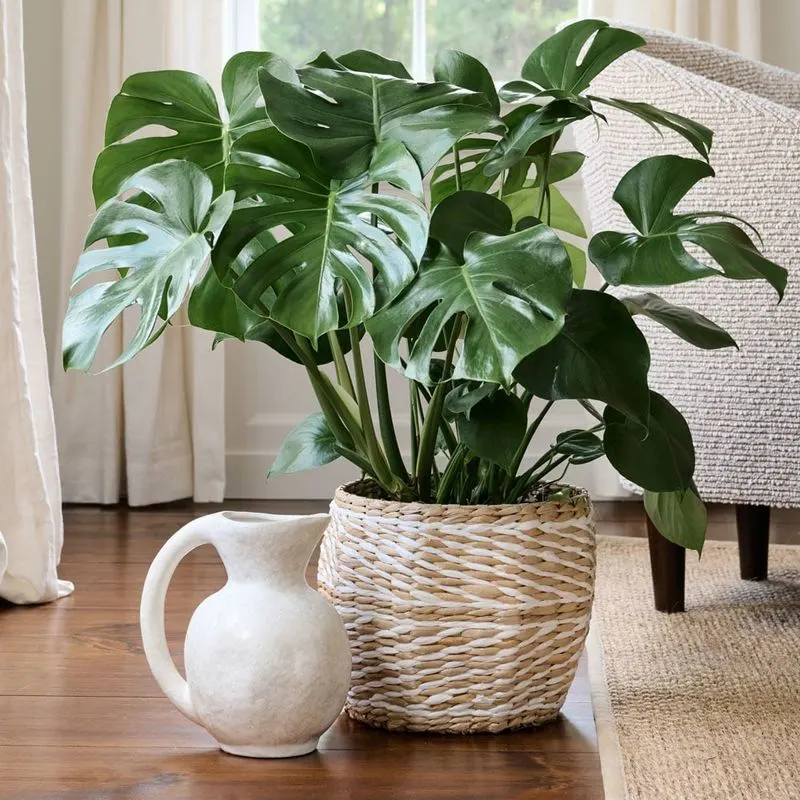
Loved for its low maintenance needs, this plant is a favorite for many. Philodendrons excel in low light and require only moderate watering. Their broad leaves are efficient at absorbing toxins like formaldehyde. Whether climbing or trailing, they add a lush presence to any space. Regular leaf cleaning promotes health and enhances their air-purifying capabilities. Easy to propagate, they’re perfect for those who want to expand their indoor garden without much fuss.
Chinese Evergreen
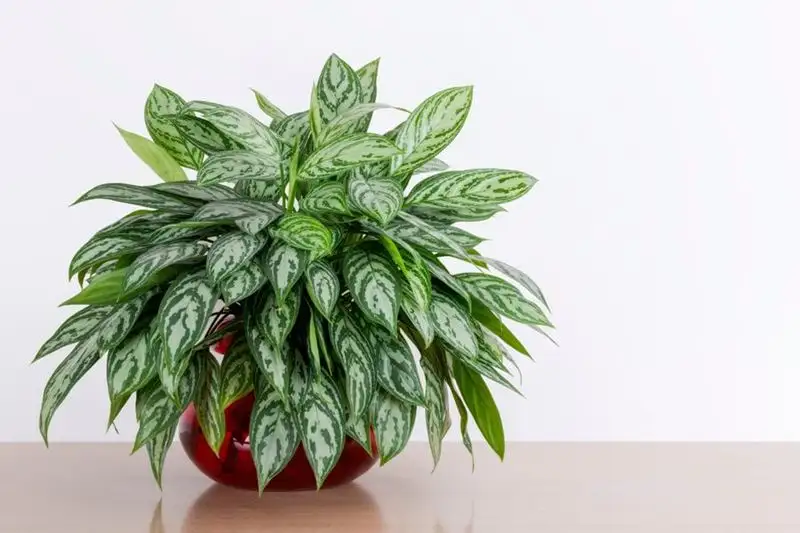
Considered one of the easiest houseplants to care for, the Chinese Evergreen tolerates low light and infrequent watering. Its speckled leaves are not just attractive; they’re efficient at removing numerous air pollutants. This plant’s robust nature makes it perfect for beginners or busy individuals. Placed in the right spot, its colorful foliage can brighten up any room. Regular cleaning of the leaves boosts its air-cleansing efficiency and keeps the plant looking vibrant.

